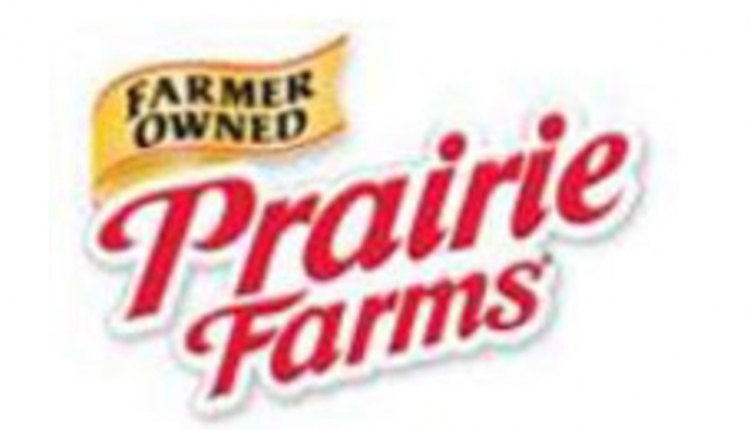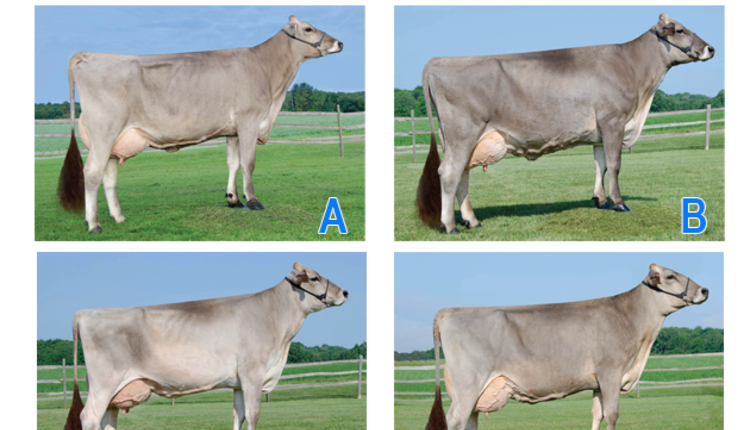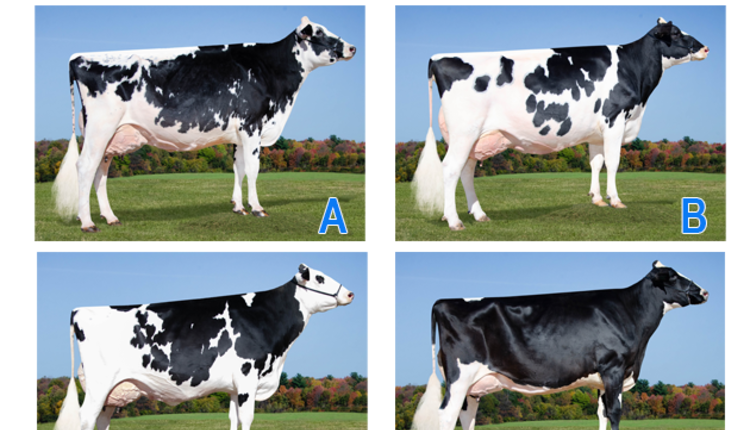The information below has been supplied by dairy marketers and other industry organizations. It has not been edited, verified or endorsed by Hoard’s Dairyman.
University of Wisconsin Cooperative Extension
Milk prices ended the year on a stronger note. The November Class III price was $16.76 and the December Class III will be near $17.30. However, with much lower Class III prices during the first six months, which averaged just $13.48, the average for the year will be about $14.85 compared to $15.80 for 2015 and $22.34 for 2014. While fluid (beverage) milk sales continue to decline, 0.8% lower than a year ago January through October, butter and cheese sales were strong. Domestic commercial disappearance January through October for butter was 5.6% higher than a year ago and cheese was 3.7% higher. Relatively strong milk production and lower dairy exports were responsible for the lower average Class III price.
U.S. milk production for November was estimated to be 2.4% higher than a year ago. This makes two consecutive months of relatively strong milk production since the October increased was revised to 2.5%. Strong increases in milk per cow is the primary reason for the increase in milk production. November milk cows were just 0.2% higher than a year ago. But, milk per cow was 2.2% higher. We can expect December milk production to be up similar to November resulting in about 212.4 billion pounds of milk for the year, an increase of 1.8% over last year.
Of the 23 reporting states 11 had fewer milk cows in November than a year ago, but just four states had lower milk production—Florida -3.7%, Oregon -1.0%, Virginia – 2.2% and Washington -0.2%. After declining from a year ago for 22 consecutive months California’s production has run higher for three consecutive months with November’s production up just 0.2%. There were relatively strong increases in milk production for Idaho +3.6%, Texas 11.4%, Kansas +11.6%, Michigan 5.3%, New York +4.4%, Pennsylvania 2.5%, Iowa 3.9%, South Dakota +5.0%, Wisconsin +2.2% and Minnesota +1.3%.
Dairy exports have been lower than a year ago, but are improving. October was the fifth straight month the volume of exports were higher than a year ago. Compared to October a year ago, exports of nonfat dry milk/skim milk powder were 16% higher, cheese 5% higher, butterfat 233% higher, total whey products 34% higher and lactose 26% higher. On total milk solids basis October exports were equivalent to 15.7% of U.S. milk production bringing the year-to-date to 14% of milk production compared to 14.2% a year ago. Improved world demand by Southeast Asia, China, South Korea and others along with lower world milk production has strengthened world prices all of which helped to improve exports. Dairy product prices on the last Global Dairy Trade were the highest in two years. Of the major dairy exporters, EU, New Zealand, Australia, and Argentina milk production is now running lower than a year ago. U.S. is the only major exporter with milk production running higher.
We should see continued improvement in milk prices as we move through 2017. Continued relatively strong milk production may dampen the increase, but continued strong butter and cheese sales along with further improvement in dairy exports will strengthen milk prices. Improved milk prices along with lower feed costs will stimulate an increase in milk production. USDA is forecasting milk production for 2017 to total 216.8 billion pounds, an increase of 2.1% over 2016. Milk cows are forecasted to average 0.3% higher and milk per cow 1.8% higher. But, with milk per cow 1.7% higher in 2016, another year of milk per cow increasing more than trend maybe on the high side. As of now the Class III price could be in the low $16’s first quarter, the mid-16’s second quarter, and in the high $16’s the start of the third quarter reaching the $17’s by the end the quarter through the fourth quarter. This would put the average for the year around $16.85, about $2 higher than 2016. USDA’s forecasts little lower prices with a range of $15.85 to $16.65. Current Class III futures is much more optimistic with Class III in the $17’s all year and averaging about $17.50 for the year. No doubt forecasts will change as we get a better idea of actual milk production and dairy exports as we move through the year. It doesn’t take major changes to result in quite different milk prices.





